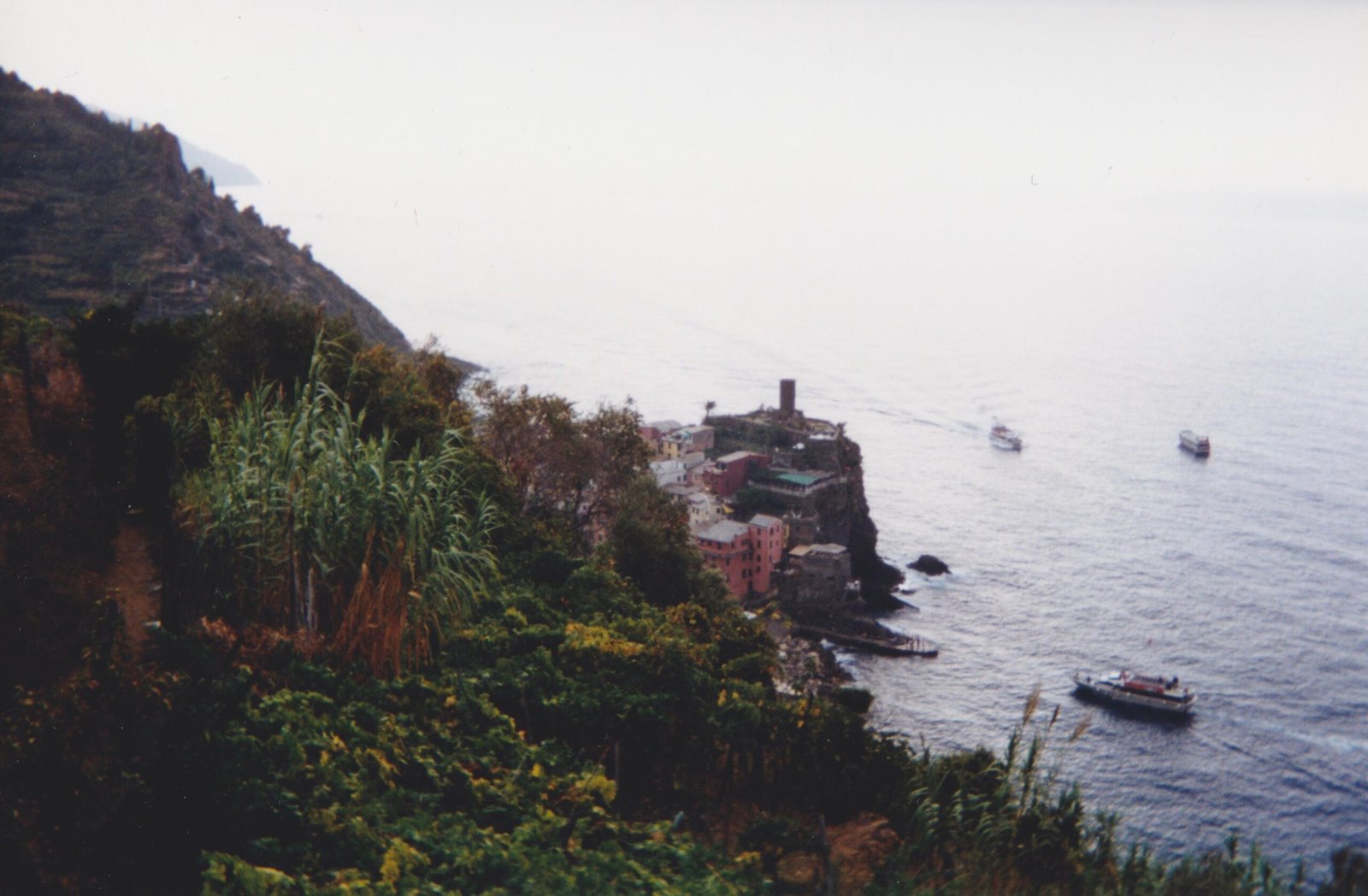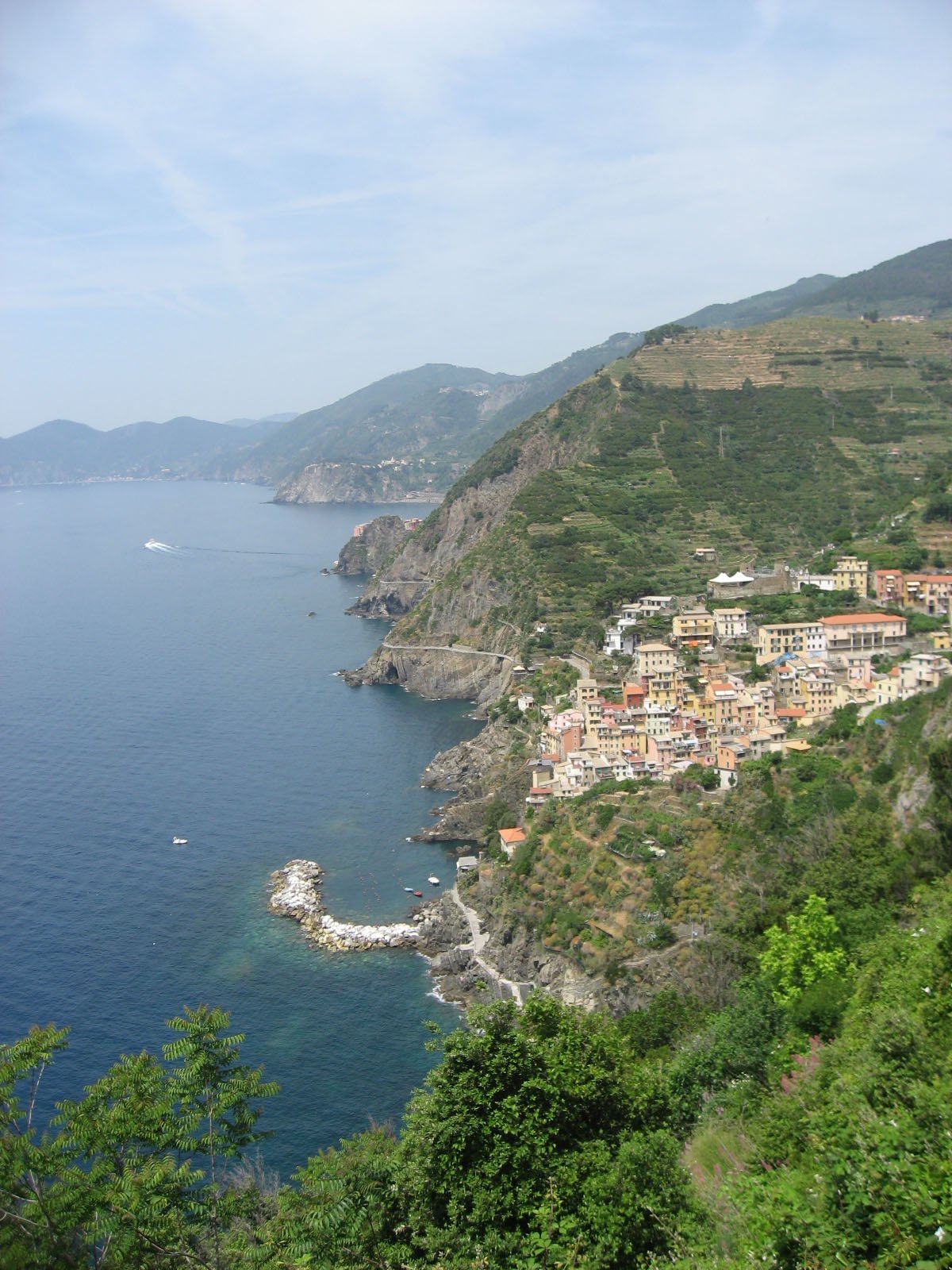Nestled along the rugged Italian Riviera coastline, Cinque Terre’s colorful buildings represent a mesmerizing architectural tapestry that blends historical charm, geographical necessity, and aesthetic brilliance. These five interconnected villages—Monterosso al Mare, Vernazza, Corniglia, Manarola, and Riomaggiore—showcase a unique palette of vibrant hues that seem to emerge organically from the rocky landscape, creating a visual spectacle that has captivated travelers and photographers worldwide.
What Makes Cinque Terre Buildings Unique?

Why Are the Buildings So Colorful?
The colorful buildings of Cinque Terre are not merely aesthetic choices but functional adaptations to the challenging coastal environment. Historically, fishermen and farmers used bright colors to:
- Identify their homes from the sea
- Protect wooden structures from harsh maritime conditions
- Create visual distinction in tightly packed settlements
- Reflect sunlight and maintain cooler indoor temperatures
How Do Different Villages Express Color?
| Village | Dominant Colors | Architectural Characteristics |
|---|---|---|
| Monterosso | Pale Yellow, Ochre | Medieval streets, mixed old-new sections |
| Vernazza | Magenta, Blue | Genovese-style tall facades |
| Corniglia | Pastel Shades | Shorter buildings, vineyard surroundings |
| Manarola | Ochre, Magenta | Steep narrow alleys, slate roofs |
| Riomaggiore | Blue, Vibrant Tones | Maritime tradition, cascading structures |
What Influences the Color Palette?
Several factors contribute to Cinque Terre’s distinctive color scheme:
- Local Mineral Pigments: Traditional paint derived from local earth tones
- Maritime Climate: Colors that resist salt and humidity
- Cultural Heritage: Genovese architectural influences
- Practical Visibility: Bright colors helping sailors recognize homes
Architectural Evolution of Colorful Structures

When Did the Colorful Tradition Begin?
The tradition of colorful buildings in Cinque Terre dates back to the medieval period, around the 11th-12th centuries. Initially, buildings were constructed using local stone and later enhanced with protective and decorative paint layers.
How Do Buildings Adapt to Terrain?
Cinque Terre’s buildings demonstrate remarkable architectural ingenuity:
- Constructed directly into steep rocky cliffs
- Narrow, vertical structures maximizing limited space
- Terraced designs following natural landscape contours
- Minimal foundation requirements
- Interconnected building layouts for structural stability
Preservation and Modern Challenges
Can the Colorful Heritage Be Maintained?
Preserving these historic buildings requires:
- Strict conservation regulations
- Regular maintenance
- Traditional painting techniques
- Community involvement
- UNESCO World Heritage Site protections
Photography and Visitor Tips
Best Spots for Capturing Colorful Buildings
- Manarola’s harbor viewpoint
- Vernazza’s central square
- Riomaggiore’s marina
- Monterosso beach promenade
Recommended Photography Times
- Early morning (6-8 AM)
- Late afternoon (4-6 PM)
- Golden hour lighting
- Avoid midday harsh sunlight
Cultural Significance
The colorful buildings of Cinque Terre represent more than architectural beauty—they symbolize human resilience, adaptation, and harmony with challenging natural environments. Each vibrant facade tells a story of generations who transformed inhospitable terrain into a breathtaking human settlement.
References:
– UNESCO World Heritage Site Information
– Cinque Terre National Park Official Site
– Italian Cultural Heritage Resources
